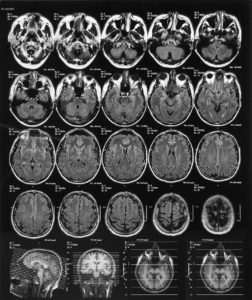Multiple sclerosis is a progressive, debilitating disease. It is an unpredictable disease of the nervous system that disrupts communication between the brain and other parts of the body. This is a chronic, often disabling disease that raids the central nervous system (which comprises the brain, spinal cord, and optic nerves). Multiple sclerosis is not a fatal disease. It is a potentially disabling disease in which your body’s immune system eats away at the protective sheath or myelin that covers the nerves. This interferes with the communication between your brain and the rest of your body.

THE PROGRESSION
Appreciating the distinctive progression of multiple sclerosis (MS) and knowing what to look out for can help you make better decisions and also gain a sense of control and. The course of multiple sclerosis, its symptoms, patterns of attacks, and the progression of the disease is different for every person with the condition. For a better understanding of the progression of the disease, the four types of multiple sclerosis need to be understood.
Relapsing-Remitting MS, or RRMS.
For RRMS, the signs usually appear when a patient is in his or her 20’s. After the initial attack, others may occur occasionally, but there can also be extended periods, even a decade or more, of remission. Recovery from an attack takes typically weeks, sometimes months, but the symptoms do not escalate during this time. Majority of people have this type when they’re first diagnosed with MS.

SECONDARY PROGRESSIVE MS OR SPMS.
Patients with RRMS end up developing SPMS. Symptoms can worsen more steadily over time, and there may likely be relapses and remission. People who get this type usually start with relapsing-remitting MS. The change is likely to occur shortly after MS symptoms appear, or it may take years or decades.
PRIMARY-PROGRESSIVE MS OR PPMS
This is a less common form of the disease because it affects around 10 percent of people diagnosed. The average age is 40 years old. In this type, symptoms slowly get worse without any apparent relapses or remissions.

PROGRESSIVE-RELAPSING MS OR (PRMS):
This remains the most severe form of the condition. This form is the rarest type of MS. According to the NMSS, Only 5 percent of people receive this diagnosis at the onset of the disease. People with PRMS experience no remission periods and symptoms that steadily get worse.
IN CONCLUSION
No matter the type of multiple sclerosis, every new lesion in the brain or spinal cord results in some irreversible injury to the nervous system. On the upside, there are medications and other strategies that can be extremely effective in helping patients deal with the disease.
Source: https://patient.info/health/multiple-sclerosis-leaflet









